Uncategorized
-
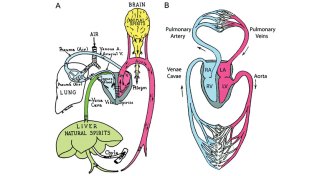 Science & Society
Science & Society‘Failure’ explores errors’ upsides
Missteps are a must in science, biologist argues in new book.
By Janet Raloff -
 Climate
ClimateEocene temperature spike caused by half as much CO2 as once thought
Revised experiments demonstrate that hot temperatures during the Eocene resulted from lower carbon dioxide concentrations than previously thought.
-
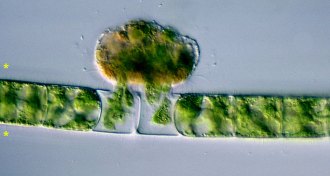 Paleontology
PaleontologyVampire microbes sucked some ancient life dry
Hole-ridden fossils suggest that vampirelike microbes were among the first predators that targeted eukaryotes.
-
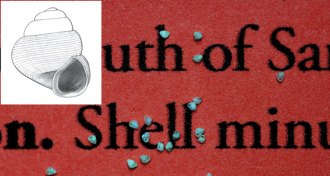 Animals
AnimalsWorld’s smallest snail record broken again
Snails may not be speedy, but itty-bitty snail shells found in Borneo are breaking a size record at a breakneck pace.
By Susan Milius -
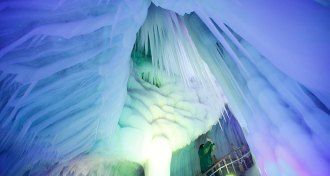 Climate
ClimateHow to melt an ice cave
Frigid winter air keeps gives ice caves their perpetual chill, researchers find, warning that airtight seals on some ice caves could cause the frigid formations to melt within decades.
-
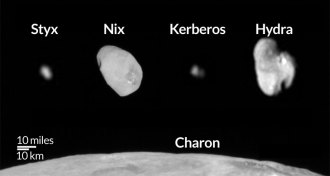 Planetary Science
Planetary SciencePluto’s smaller moons pose mysteries
The four smaller moons of Pluto are finally revealed in images from New Horizons, and might hold some clues to the dwarf planet’s past.
-
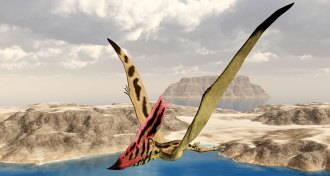 Animals
Animals‘On the Wing’ chronicles origins of flying animals
In "On the Wing," a biomechanicist reviews how animals took to the air.
By Sid Perkins -
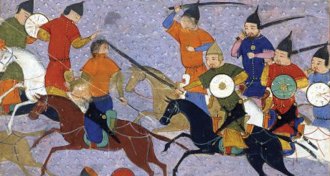 Anthropology
AnthropologyEarly globalization on display in history of Eurasian civilization
It was a long, strange trip from the first Eurasian farmers to the modern world.
By Bruce Bower -
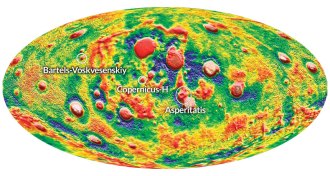 Planetary Science
Planetary ScienceProbes unveil three hidden blemishes on moon’s face
Gravitational tugs on a pair of spacecraft have revealed previously unseen blemishes on the moon’s face.
-
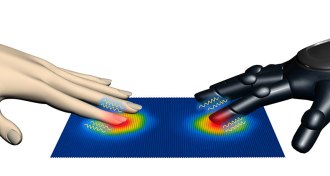 Tech
TechElectronic skin feels the heat, hears the sound
Electronic skin inspired by human fingertips detects texture, pressure, heat and sound.
By Meghan Rosen -
 Earth
EarthNew fascination with Earth’s ‘Boring Billion’
The Mesoproterozoic era, known as the boring billion, had very low oxygen, but it set the stage for the evolution of animals.
-
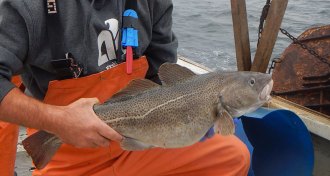 Oceans
OceansRising temperatures complicate efforts to manage cod fishery
Higher water temperatures in the Gulf of Maine could play a role in Atlantic cod crashes.